Well my holiday is over. Not that I had one! This morning we submitted the…
Kyoto Report 2024 – 3
This Tuesday report will provide some insights into life for a westerner (me) who is working for an extended period at Kyoto University in Japan.
Tourism blight
I rarely go down into the tourist areas of Kyoto, that is the most popular areas around Gion and the Yasaka Shrine.
I live in North Kyoto and spend most of my time around there or even further North into the mountains etc.
However, I had to go to the main station the other day and while walking the 6 kms to the station along the river I came across this mess, which perfectly summarises how many Western tourists treat the surrounds that host them.
In general, tourism is a trap that cities fall into – thinking that it will bring net riches.
It often depends on how one calculates that.
There is growing evidence that the net benefits do not flow to the locals who have to endure the costs – the overcrowding, the desecration of culture, the noise, etc.
Shinji Kasagake
Last Sunday (October 20, 2024), after a long early morning run along the river (Kamo arm), I rode my bike north into a fierce headwind for 10 kms or so until I came to the – Kamigamo Jinja – which is “one of the oldest Shinto shrines in Japan”, having begun its operations in 678.
So very old.
It is part of a network of Kamo shrines in Kyoto, which “serve the function of protecting Kyoto from malign influences”,
It location in the North East of the city on the outskirts is ideal for keeping out the bad stuff.
The reason for my visit was because on that day, the Shrine was hosting the annual – Kasagake – which is an ancient ritual involving archers on horse bolting along a racetrack at top speed and trying to shoot targets.
The riders are very skilled both with the horses and the shooting.
These equestrian rituals in Japan go back to 1093 (at the Kamogama Shrine and are very involved in terms of the process.
There is a march of officials leading the archers through the grounds of the Shrine to a purification ceremony in the Tsuchinoya Great Hall.
The local magistrate prays for the arrows hoping for ‘universal peace, a rich harvest and the health of the people’.
They pluck the bowstrings on the bows to ward off evil – apparently this aspect of the ceremony dates back to the C11th when the “Most Valorous Warrior in the Land” – Minamoto no Yoshiie – a samurai from the Minamoto clan, “plucked his bow three times” at around the time the emperor overcame an illness, and the samurai, obviously a great statistician considered the two events were causal the former leading to the latter.
And so they pluck there bows three times today in recognition.
Then there is some horse circling on the track as another call for ‘universal peace, a rich harvest and the health of the people’, which is followed by drawing the order of the competitors via a draw of arrows.
Drawing straws, that is.
The riders then are introduced and warm up on the 218 metre long straight grass track with a test run.
Even that was exciting.
Then they do the elimination runs where they shoot for three large targets at head height on the way out and then two at ground height (almost) on the return leg.
Four riders survive the first round based on how many targets they hit.
Then the second round involves the larger head high targets being swapped for tiny targets and the best four riders from round one compete.
At the end, there is a ceremony to announce the winner and they all drink sake that has been made sacred by the priests.
Overall, it went for around 2 hours and was compelling viewing and well worth the 1,000 yen to get admission to the seated area.
The riders are very skilled and the speed they travel at on the horses while trying to shoot the targets down is quite amazing.
A very fascinating tradition with a long history that is for sure.
Then I rode home with the strong winds behind me.
A great afternoon.
Public signs
While I didn’t have my ceremonial – Sokutai – handy at the Kamigano Jinja when I went to watch the – Kasagake – last Sunday, I felt confident that I was entering the correct toilet (-:
It helped my confidence that I followed several other members of the male species through the doorway!
Parkrun – Yodagawa
Last Saturday, I caught the train down to Hirakatashi (near Osaka) to participate in the – 淀川河川公園枚方地区parkrun (Yodogawa kasenkoen Hirakata chiku parkrun) – which runs through the Yodagawa park complex alongside the magnificent Yoda River.
The people there are really welcoming and I had a nice chat with the race director at the end discussing, among other things, his ambition to come down to Australia and participate in my local parkruns (Inverloch and Stockton).
The discussion was limited a little because I had no reception on my mobile phone (which meant I couldn’t use the translation app) and so my vocabulary was limited to my rather secondary school Japanese.
We made ends meet though.
There is a global camaraderie that this movement has spawned which has rescued public runs from claws of the grasping corporate machines that run ‘fun runs’ these days.
This is the second time I have been down there and I am almost a local.
Getting the band back together
Each year, I appear as a guest artist with a local rock band – Kyoto band Kazuchika Misawa – which has some of the best local players as members – at one of the premier music establishments in Kyoto.
We play rock and roll at one of the oldest and best live music venues – ‘live houses’ – in Kyoto last Saturday – the famous – Jittoku – in the Kamigyo Ward (not far West from the Imperial Garden and Palace complex).
It was an old sake brewery and the tables and chairs are recycled sake barrels.
Here is the view of the room from the stage.
I wrote about it in this blog post – Kyoto Report No 5 (November 8, 2022).
This Friday, October 25, 2024, we will be playing another gig and have some great songs planned.
It is worth the trip to Kyoto in itself.
Here is the relevant part of the Schedule the venue publishes:
Another week in Kyoto.
That is enough for today!
(c) Copyright 2024 William Mitchell. All Rights Reserved.
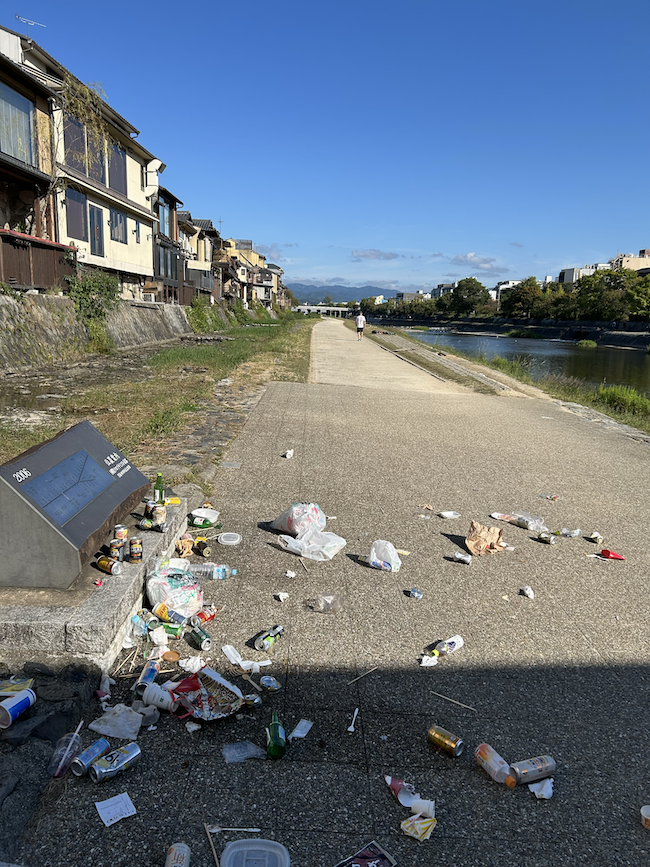

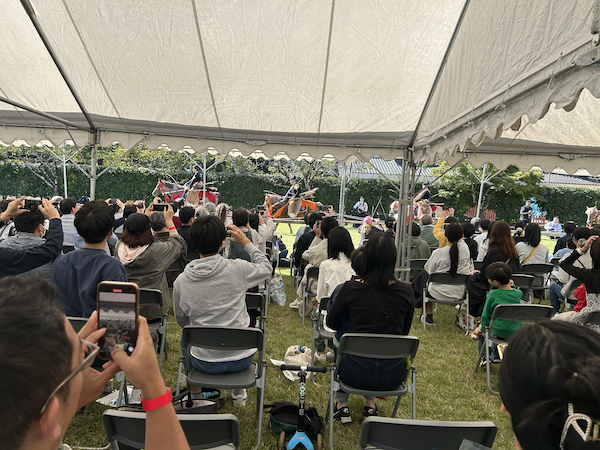
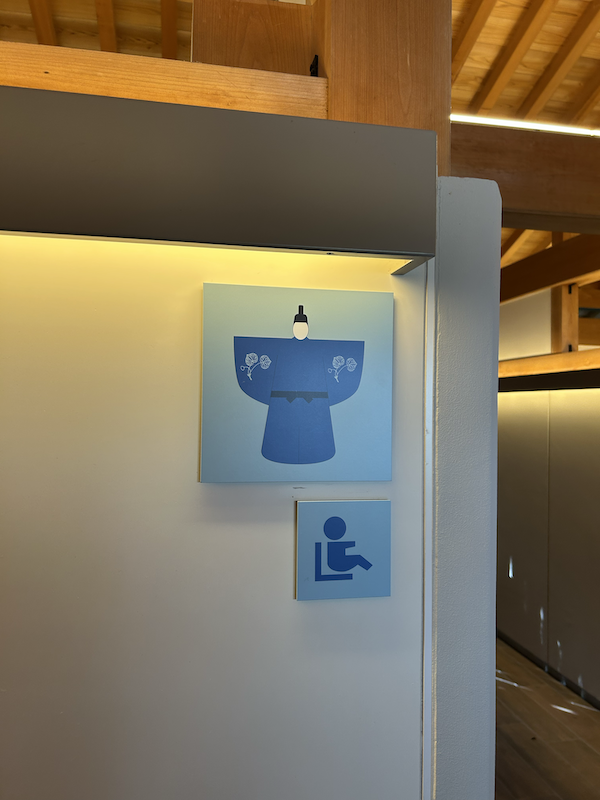

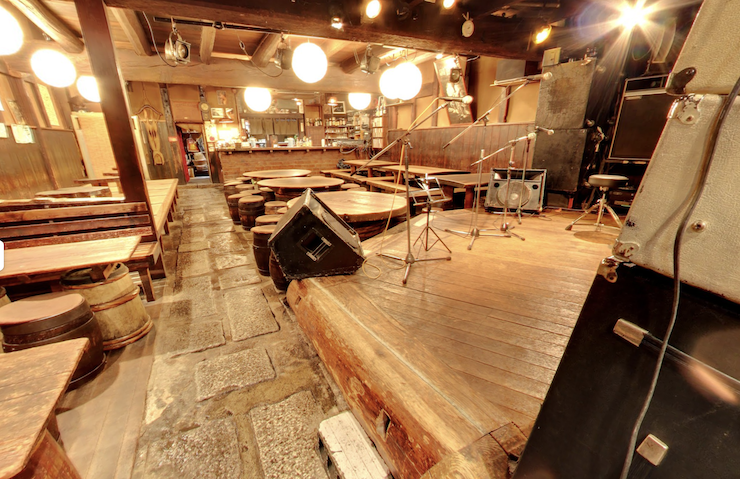
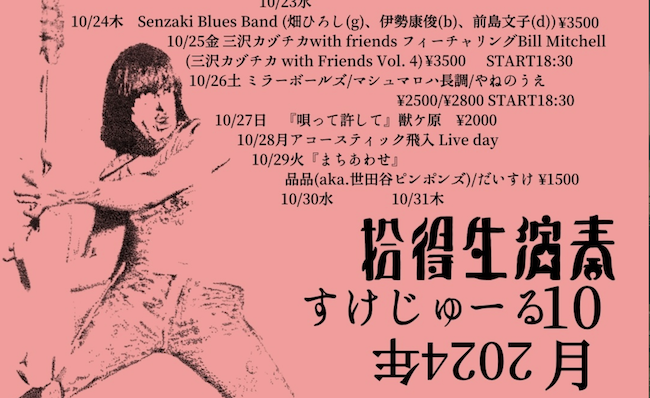
I like to travel, but I do my best to be a ‘traveller’, not a ‘tourist’. Tourism is destroying many places. Most old parts of European cities are museum pieces. The only locals you encounter are those serving tourists, and ‘local’ shops for ‘local’ people have been replaced by cafes, expensive restaurants, jewelry shops, and tacky tourist paraphernalia shops. Most ‘local’ apartments are reserved as Airbnb lets for tourists, not for ‘local’ people. It hardly makes it worthwhile visiting a lot of places. You needed to travel fifty to sixty years ago to experience most places at their best.
Tourism is considered an export, because it generates income via the spending of foreigners (not unlike foreign spending on health and education services), and exports are a cost. Says it all, really.
By the way, that’s Johnny Ramone on the venue poster. Surely, Bill, you won’t be playing Ramones covers? Although I’d love to see that.
Enjoy your trip Bill, my older brother John, who has passed on, loved blues music and all things Japanese. A devout vegetarian and a lover of Japanese ornaments. He would have enjoyed a trip to Kyoto. I still have his old Kendo sword in the garage. I have fond memories of him teaching me some Kendo stick moves and allowing me to go to a few of his Kendo classes.
I love these blogs. It allows me to travel by proxy.
I travelled a fair amount in my youth for sport, education and work. It was enriching. Especially learning a new language and working abroad.
However I feel now a moral obligation to not fly and to minimize carbon emissions for leisure. So I will only fly for a family medical emergency. When I travel domestically I will use public transport if possible.
I think we should ration air travel and favour the young and those who have never had the privilege. Travel can be life affirming and formative. A force for good. Mass tourism is unsustainable and often unsatisfying.
Those of us who have had the privilege to travel should now stop and allow those that haven’t the remaining carbon air miles the world might sustain.
Mass tourism for all just can’t be sustained.
Will anyone listen? Even the Greenist of Greens seem to love traveling to climate change conferences…
My travels have largely been through work. I have seen places that academic conferences have taken me. I don’t fly much. I was in Sydney in July (I live in Adelaide) and drove. It allowed me to go hiking in the Victorian mallee (Pink Lakes) and the Blue Mountains. I’ve investigated how to travel by train from Singapore to Glasgow, which still leaves me having to fly to leave my island home (and the need for plenty of spare time). I refuse to take a cruise ship. The two main train routes from Singapore are non-options at present. Pakistan/Afghanistan have long been no-go zones and Russia is now out of bounds.
I’ve seen most of Australia, but still have the Kimberley and Pilbara of Western Australia to explore. I can’t understand why Australians feel the need to travel overseas when many have seen so little of Australia and what it has to offer. City-slickers are completely unaware of the ‘other’ Australia out there. I love it.